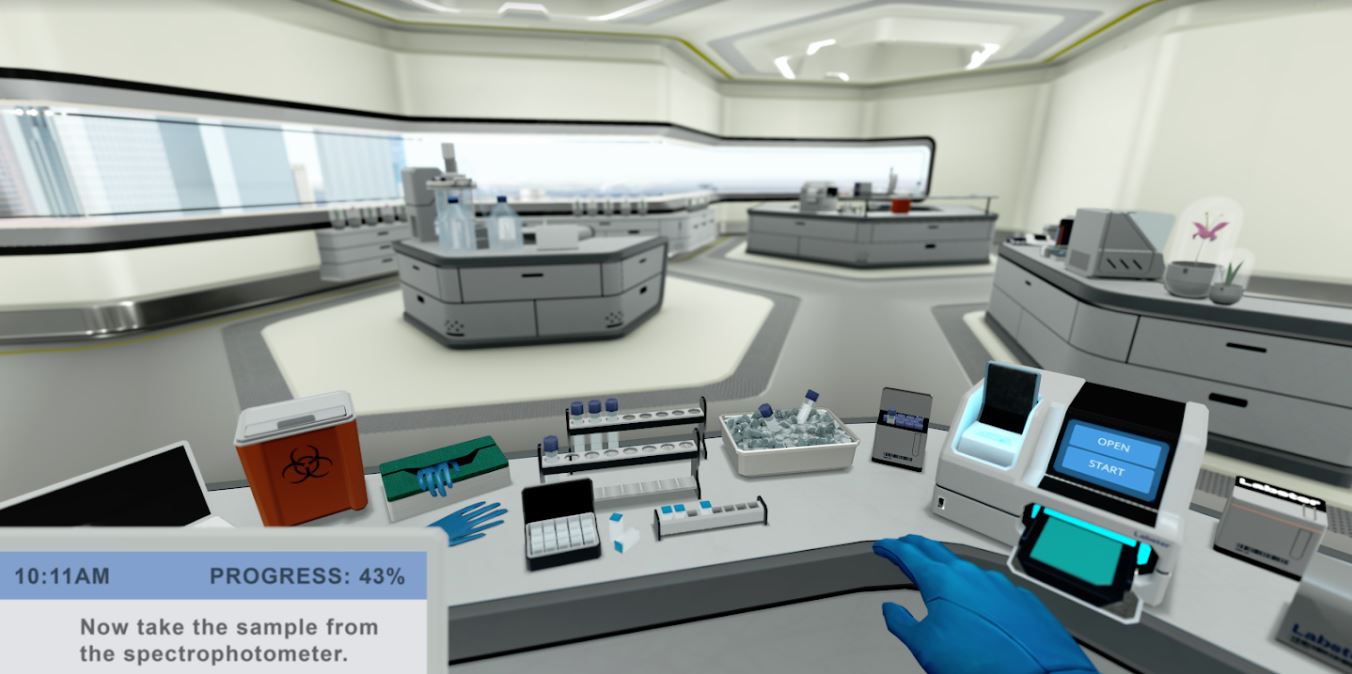
How Can an LMS Encourage Students to Return to the Classroom?
The 21st century has provided many opportunities for students to learn beyond traditional school settings. Enrolling children, or teenagers, in private 1-1 classes, or live group sessions, offered by learning and enrichment centers is seen by many as a prestigious and more effective way to increase student grades.
However, the rise of global digital technology and internet connectivity means traditional tutor centers face tough competition from online learning and self-study courses. Factors such as the Covid-19 pandemic have contributed to the popularity of online learning and self-study courses. MOOCs, coaching seminars, and gamified learning apps are now a more accessible, flexible, and cost-effective learning choice for many.

As popular as these online courses and programs might be, a 2020 study from Romania found significant limitations to online learning.

The majority of learners (65.3%) claim that the most significant limitation of online learning is the lack of “genuine communication or human contact.” Another notable constraint was the “difficulties monitoring the learning process.” (51.7%) Source: Universitatea din București; Statista. Learning and enrichment centers can capitalize on two things to set themselves apart.
If you’re the CEO, CFO, or COO of an education enterprise, you may have noticed that student enrollment numbers haven’t reached pre-pandemic levels. But our advice is to hang in there…
While online-only platforms and self-study courses struggle to produce positive results, tutor centers can differentiate themselves by leveraging their unique strengths. Learning and enrichment centers have the incredible advantage of being able to offer in-person authentic, engaging, and effective learning experiences.
In this article we’ll discuss what learning centers can offer to stay competitive. We'll offer practical learning approaches, and discuss how a classroom LMS can facilitate learning.
Hands-on approach
Live in-person classes can provide hands-on learning experiences for students using virtual labs.

Particularly well suited to STEM subjects, incorporating a virtual lab can simulate real life hands-on experimentation. Instructors can easily explain complex concepts to students through a visual, immersive experience. They can also give immediate feedback when an experiment, or process, doesn’t work as planned.
Humanities can enjoy this level of interactivity too with VR known as 360VR.
With this type of VR, real-world locations are captured with specialist cameras allowing learners to explore historic locations from the comfort of their chair.

Check out this 360 degree tour of Roche Abbey here:
An LMS can integrate virtual lab simulations and VR modules into course content. Students can access the LMS platform without additional software, except VR headsets. An LMS can also provide interactive teaching notes that can be used side-by-side the simulations.
This approach emphasizes active engagement and practical application of knowledge and provides a much more stimulating experience than passive online instruction. With VR tech having a recent surge in popularity, now's the time to revisit these approaches again.
Collaborative Learning
Innovative video conferencing tools such as breakout rooms, or newer apps such as Classkick and Applause Studio have really enhanced the Zoom group learning experience. However, we still don’t think online group learning substitutes in person collaborative learning.
In a tutor center, instructors can set up peer learning. Students can have uninterrupted discussions in small groups while designing and creating presentations for their peers. This is an effective way to develop additional key soft skills such as problem solving, critical thinking, teamwork and dependability. While also providing an environment for students to showcase unique talents such as intuitive learning design, graphic design, or public speaking.

Peer learning encourages students to become integral audience members that offer valuable feedback. Learners also get the chance to observe inspiring presentations on different subjects and make notes on different presentation styles, techniques, and strategies.
Setting up a collaborative learning environment is easy. An LMS can facilitate projects by integrating Microsoft PowerPoint or other presentation tools. Video recordings of presentations can be uploaded thanks to file sharing capabilities. An LMS promotes collaboration outside of the classroom. This allows students to refine their skills before the next session.
Dynamic Classroom Experiences
Classroom instructors sometimes feel on stage. The instructor doesn’t have to perform, but it’s a great opportunity to use a 1, or 2 hour window to create a meaningful experience. Like a magician, the instructor needs engaging content to keep the students entertained. I’ve found the most effective way to do this is using interactive videos, other multimedia and games.

Interactive videos help students engage directly with the content, assessing as they learn. You can also create choose-your-own-adventure style content to allow for storytelling and decision-making in the class.
Using different types of multimedia, such as soundscapes, podcasts, and animations, can help instructors create thought-provoking discussions. This can help students develop meaningful and memorable connections with the content.
Competitive games in classrooms are a sure-fire way to boost engagement. And it’s easier to allocate teams, leaders, explain rules, and give physical prizes in a more private environment.
All kinds of interactive content, multimedia, and games can be uploaded to an LMS and embedded in your class content. LMSs can integrate educator favorites such as Kahoot, Wordwall, and Quizlet and offer seamless transitions between software. Helping you create a dynamic, interactive and engaging classroom experience.
Conclusion
Learning and enrichment centers have a real chance to create genuine social learning interactions that get students and parents talking. An LMS can facilitate these approaches by integrating exciting virtual tools, presentation tools, and interactive gamified content. This is all while monitoring student progress. This will help them achieve their learning goals quicker and more effectively than online learning.
Incorporate these approaches and soon enough more learners will be encouraged to come back through your door.
OOOLAB offer LearningOS, an LMS that can streamline learning operations, giving administrators and instructors more time to focus on creating and delivering outstanding learning experiences and gives CEO’s, CFO’s, and COO’s more opportunities to scale.
Book a demo with us and see how we can help your enterprise stand out from the crowd.



